Know-How
A - Z of mesh technology
The longitudinal direction of the mesh is known as warp, and the transverse direction weft. We use only stainless steel wires capable of withstanding the most challenging demands in terms of diameter tolerances, yield limits and wire surface quality.
MESH OPENING AND WIRE DIAMETER
Square weave steel meshes are defined by mesh opening and wire diameter. The mesh opening (w) is the distance between two warp or weft wires. The wire diameter (d) is the wire gauge prior to weaving. This diameter can change slightly during the weaving process.
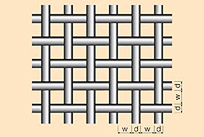
MESH COUNT
The mesh count is the number of picks per (Imperial) inch and is calculated as follows: mesh= 25.4 mm / w (mm) + d (mm)
mesh= 25.4 mm / w (mm) + d (mm)
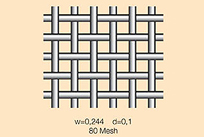
OPEN AREA
The term ‘open area’ describes the percentage part of all apertures across the entire surface area of the mesh.
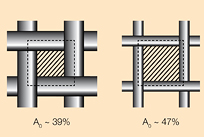
MESH THICKNESS
The mesh thickness is calculated from the wire diameter and the style of weave. The thickness measurement is taken with the mesh not under tension using a disc sensor, measuring pressure 1.8N, on a rigid base. Dependent upon mesh type, tolerances for uncalendered meshes lie between +/- 2 to +/- 5 microns. Within the roll, tolerances are considerably lower.
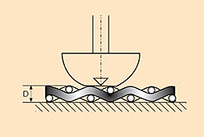
GEOMETRIC PORE SIZE
The geometric pore size is a calculated value which is based on characteristic parameters such as weave structure, wire diameter and pitch. The geometric pore size describes the diameter of the largest sphere, which can just pass through the fabric. The calculation equations were developed and validated experimentally by the IMVT Institute of the University of Stuttgart as part of the AVIF projects A224 and A251. For some weave specifications, where these equations are not valid, the pore size was determined in a dry glass bead test.
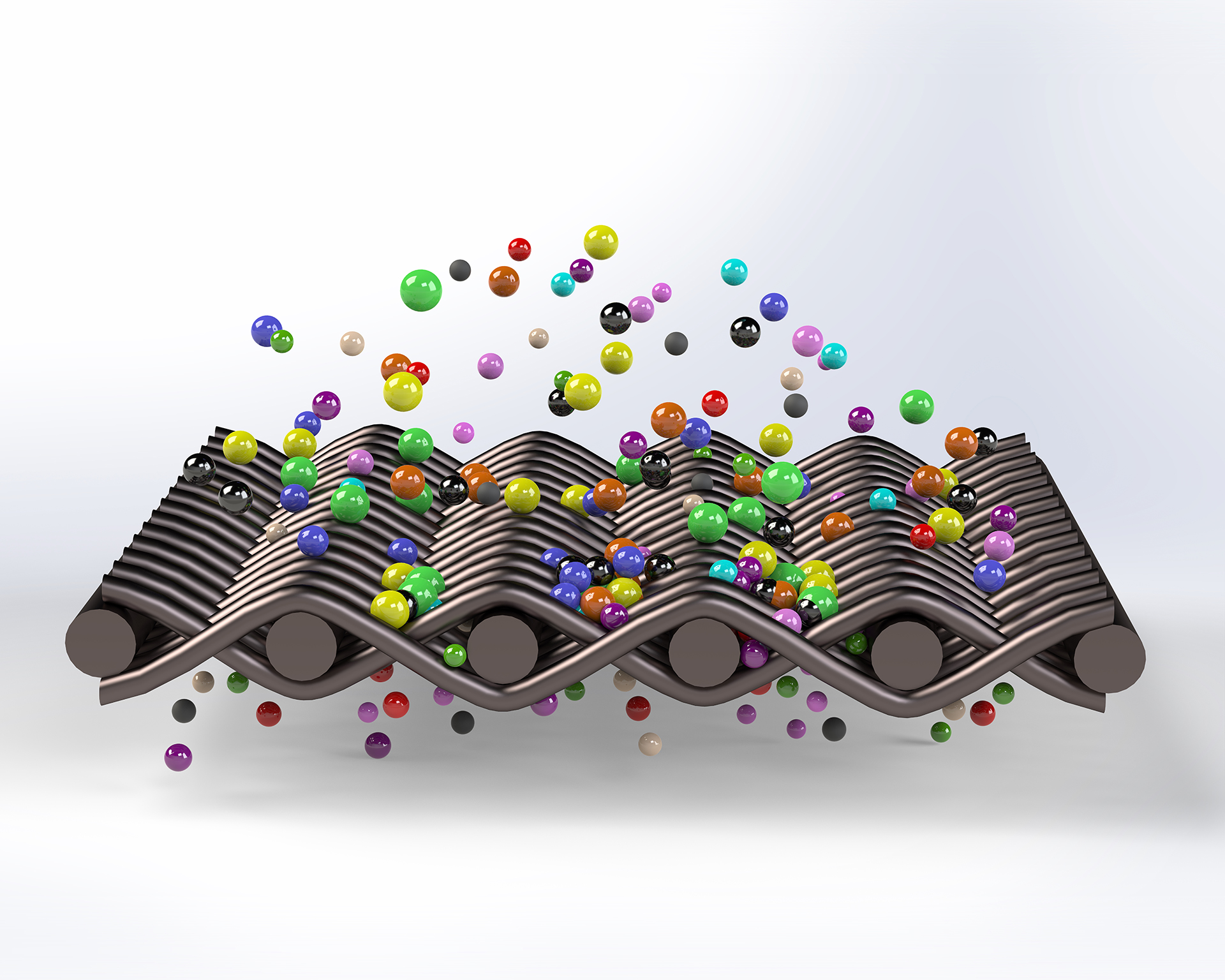
THEORETICAL INK VOLUME VTH
The theoretical ink volume describes the volume of the open apertures calculated against the substrate surface. Where the ink volume is inadequate, a mesh with a higher Vth should be used.
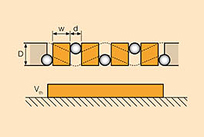
PLAIN WEAVE
This is the most commonly used type of weave. Each alternate wire is woven in, and the warp and weft wires alternate in crossing over and under each other, thus locking into position. Smooth weave meshes guarantee exceptionally precise aperture sizes. This type of weave uses wires which are thinner than the resultant apertures.
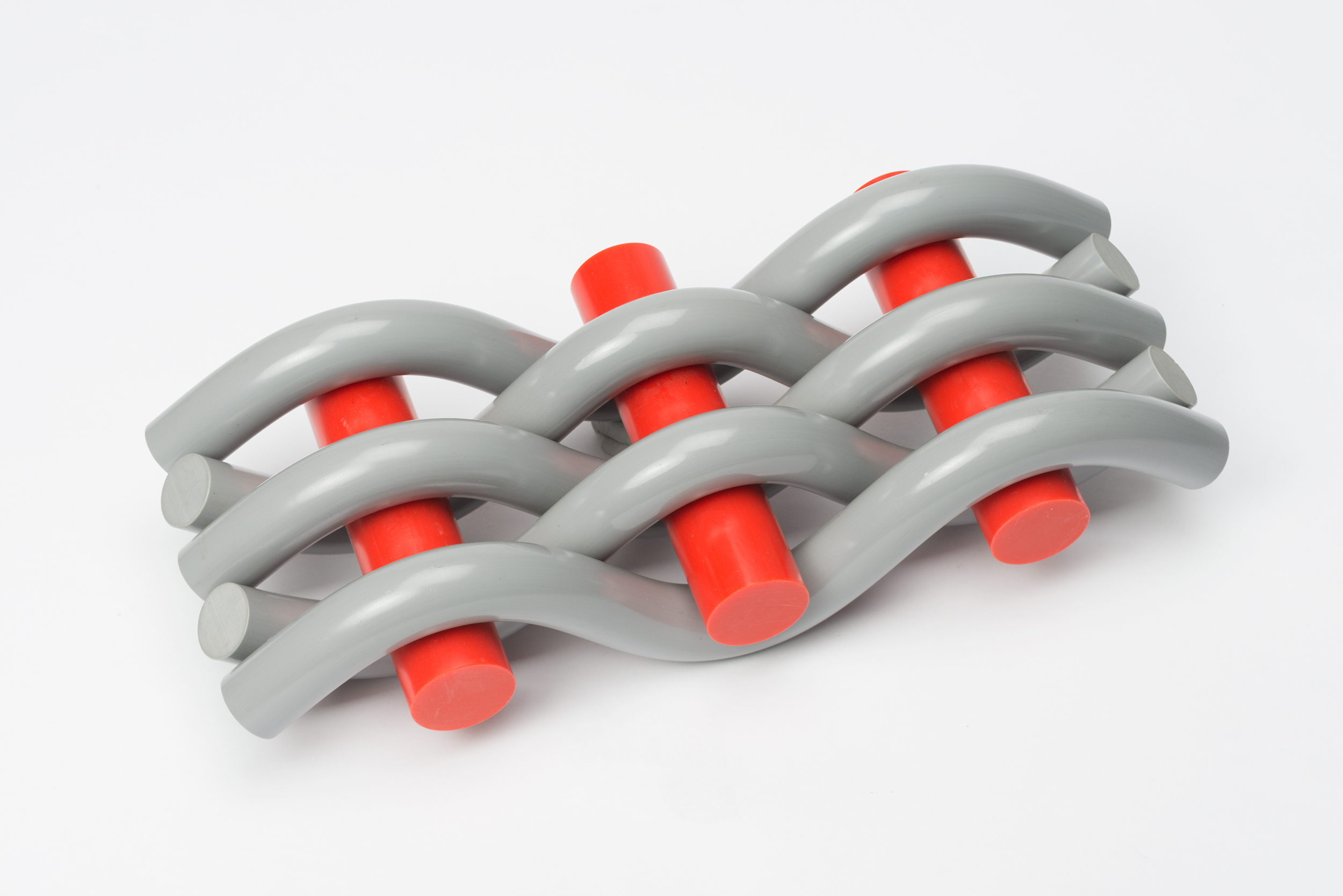
TWILLED WEAVE
This mesh type is chosen where a greater wire thickness is required in relation to the aperture size, which could not withstand the weaving process. Here, at least two wires are woven in together with successive displacement around a single wire. The stability of the weave is dependent upon the correct combination of aperture size and wire gauge, and presents a slightly diagonal course. Using modern weaving technology, excellent levels of stability can be achieved.
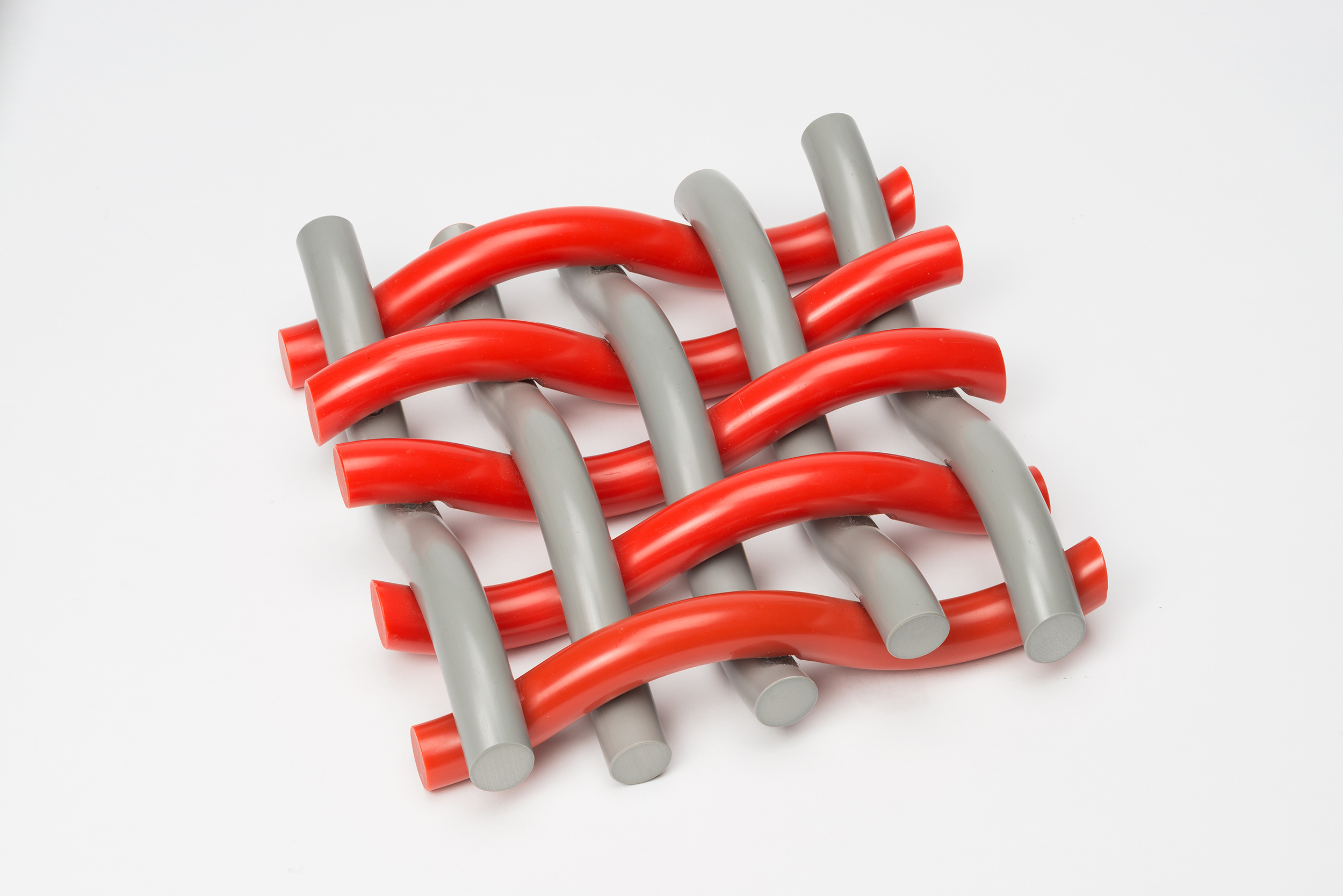
SCREEN TENSIONING
Ideal tensioning values are dependent upon the application. The values given in our specifications are recommendations. Please refer to the data in this link.

WEIGHT CALCULATION
Square weave mesh in plain or twilled weave
Filter Cloths (Dutch Weaves)


SPECIFIC WEIGHTS (OPTIONS = STANDARD)
For materials other than iron and steel calculation of the weight of the wire cloth is carried out in kg/m2 using the following multiplication factors, or according to the actual specific weight (density).
| Material | Factor | Specific Weights (Density) |
| Iron and steel | 1 | 7.87 g/cm3 |
| Aluminium | 0.343 | 2.70 g/cm3 |
| Copper | 1.133 | 8.92 g/cm3 |
| Nickel | 1.131 | 8.90 g/cm3 |
| Brass alloys | 1.093 | 8.60 g/cm3 |
| Monel-400 | 1.127 | 8.85 g/cm3 |
| Tin bronze | 1.124 | 8.82 g/cm3 |
| Hastelloy-C22 | 1.134 | 8.90 g/cm3 |

